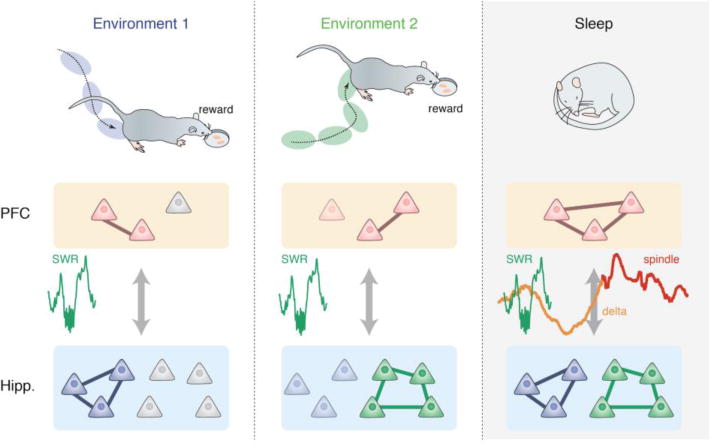Figure 3. The functional roles of hippocampal-prefrontal reactivation across sleep-waking cycles.

In spatial learning tasks, animals learn by trial and error that particular sequences of locations (paths) will be rewarded (left top). As animals traverse the environment, many hippocampal neurons (blue triangles) selectively respond to certain locations in the environment (i.e., place fields, represented by blue ellipses). Upon reward receipt, awake SWRs occur at the reward location (left; SWRs shown in green), which serve as a potential neural mechanism to linking spatial experience encoded by hippocampal ensembles with rewards and outcomes encoded by PFC ensembles (red triangles; left bottom). When animals perform the same task in a different environment (middle), different action-outcome associations (green and red triangles) form in the hippocampal-prefrontal network during awake SWRs. During subsequent sleep SWRs (right), repeated hippocampal-prefrontal reactivation strengthens memory traces. These sleep SWRs are further coupled with prefrontal delta waves (orange line) and spindles (red line), which allows active systems consolidation and local cortical processes. During these processes, the overlapping prefrontal memory traces form connections with each other, creating an integrated representation (red triangles and connecting lines).
